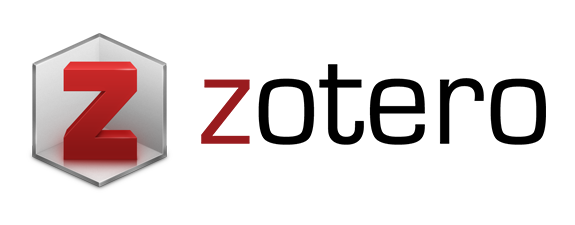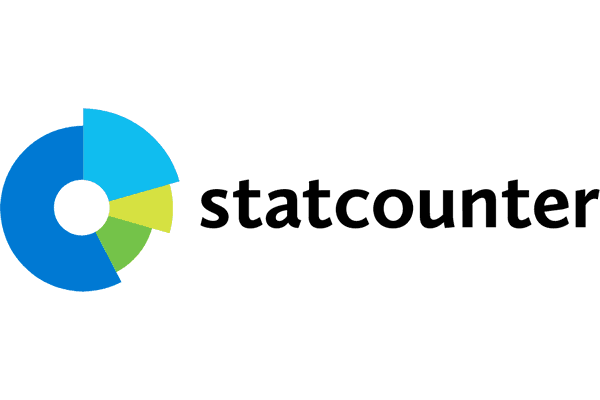
AUTHOR GUIDELINES
Author Guidelines
1. The article must be scientific (which is substantially contained corpus, perspective, and context), either based on the empirical research or conceptual ideas. The content of the article has not published yet in any Journal, and should not be submitted simultaneously to another Journal. The article should not be part of fully one chapter of the theses or dissertation.
2. The article must be in the range between 15-20 pages, not including title, abstract, keywords, and bibliography, and typed in one-half spaced on A4-paper size
3. Article consisting of the various parts: i.e. title, the author’s name(s) and affiliation(s), abstract (200-250 words), Keywords (maximum 5 words), introduction, description and analysis, conclusion, and references, as following below instructions:
-
The title should not be more than 15 words
-
Author’s name(s) should be written in the full name without academic title (degree), and completed with institutional affiliation(s) as well as corresponding address (e-mail address).
-
Abstract consisting of the discourses of the discipline area; the aims of the article; methodology (if any); research finding; and contribution to the discipline of areas study. The abstract should be written in English and Indonesia.
-
Introduction consisting of the literature review (would be better if the research finding is not latest than ten years) and novelty of the article; scope and limitation of the problem discussed; and the main argumentation of the article.
-
Discussion or description and analysis consisting of reasoning process of the article’s main argumentation.
-
The conclusion should be consisting of answering research problem, based on the theoretical significance/conceptual construction
-
All of the bibliography used should be written properly.
4. Citation’s style used is Turabian (full-note)following to these below examples:
a) Book (s)
Written by one author:
Reference:
Welch, Kathleen E. Electric Rhetoric: Classical Rhetoric, Oralism, and a New Literacy. Cambridge: MIT Press, 1999.
Citation:
10. Kathleen E. Welch, Electric Rhetoric: Classical Rhetoric, Oralism and a New Literacy (Cambridge: MIT Press, 1999), 143.
Written by more than one authors:
Reference:
Lunsford, Andrea, and Lisa Ede. Singular Texts/Plural Authors: Perspectives on Collaborative Writing. Carbondale: Southern Illinois University Press, 1990.
Citation:
Patten, Michael A., Guy McCaskie, and Philip Unitt. Birds of the Salton Sea: Status, Biogeography, and Ecology. Berkeley: University of California Press, 2003.
b) E-book (s)
Reference:
Welch, Kathleen E. Electric Rhetoric: Classical Rhetoric, Oralism and a New Literacy. Cambridge: MIT Press, 1999. netLibrary e-book.
Citation:
15. Kathleen E. Welch, Electric Rhetoric: Classical Rhetoric, Oralism and a New Literacy (Cambridge: MIT Press, 1999), netLibrary e-book.
c) Chapter within book (s)
Reference:
Wells, Ida B. "Lynch Law in All Its Phases." In With Pen and Voice: A critical anthology of nineteenth-century African-American women, edited by Shirley Wilson Logan, 80-99. Carbondale: Southern Illinois University Press, 1995.
Citation:
32. Ida B. Wells, "Lynch Law in All Its Phases," in With Pen and Voice: A critical anthology of nineteenth-century African-American women, ed. Shirley Wilson Logan (Carbondale: Southern Illinois University Press, 1995), 34.
d) Translated Book
Reference:
Eisenstein, Sergei. Film Sense. Translated by Jay Leyda. London: Faber and Faber, 1968.
Citation:
23. Sergei Eisenstein, Film Sense, trans. Jay Leyda (London: Faber and Faber, 1968), 14-15.
e) Printing Journal
Reference:
Haraway, Donna J. "A Game of Cat's Cradle: Science Studies, Feminist Theory, Cultural Studies." Configurations 2, no. 1 (1994): 59-71.
Citation:
33. Donna J. Haraway, "A Game of Cat's Cradle: Science Studies, Feminist Theory, Cultural Studies," Configurations 2, no. 1 (1994): 64.
f) E-Journal
Reference:
Jobe, Karen D. "Women and the Language of Hackerdom: The Gendered Nature of Hacker Jargon." Kairos 5, no. 2 (Fall 2000), http://english.ttu.edu/kairos/5.2/binder.html?coverbweb/jobe/women&hackerdom.htm (accessed March 23, 2005).
Citation:
42. Karen D. Jobe, "Women and the Language of Hackerdom: The Gendered Nature of Hacker Jargon," Kairos 5, no. 2 (Fall 2000),
http://english.ttu.edu/kairos/5.2/binder.html?coverweb/jobe/women&hackerdom.htm (accessed 23 March 2005).
g) Electronic/Online Source
Reference:
Weissmann, Anne. Ernest Haeckel: Art Forms in Nature. http://www.mblwhoilibrary.org/haeckel/index.html (accessed January 14, 2007).
Citation:
16. Anne Weissmann, Ernest Haeckel: Art Forms in Nature, http://www. mblwhoilibrary.org/haeckel/index.html (accessed January 14, 2007).
5. Arabic transliteration standard used International Journal of Middle Eastern Studies. For detailed transliteration could be seen at HH Transliteration
6. The article must be free from plagiarism; through attached evidence (screenshot) that article has been verified through anti-plagiarism software, but not limited to the plagiarism checker (plagramme.com).
AUTHOR FEE
Jurnal Holistic al-Hadis will not charge anything to the author for submission fee or publication fee.
COMMITMENT TO ANTI PLAGIARISM
Jurnal Holistic al-Hadis, as a respected national journal, wants to ensure that all authors are careful and comply with international standards for academic integrity, particularly on the issue of plagiarism.
Plagiarism occurs when an author takes ideas, information, or words from another source without proper credit to the source. Even when it occurs unintentionally, plagiarism is still a serious academic violation, and unacceptable in international academic publications.
When the author learns specific information (a name, date, place, statistical number, or other detailed information) from a specific source, a citation is required. (This is only forgiven in cases of general knowledge, where the data is readily available in more than five sources or is common knowledge, e.g., the fact that Indonesia is the most populous Muslim country in the world).
When the author takes an idea from another author, a citation is required—even if the author then develops the idea further. This might be an idea about how to interpret the data, either what methodology to use or what conclusion to draw. It might be an idea about broad developments in a field or general information. Regardless of the idea, authors should cite their sources. In cases where the author develops the idea further, it is still necessary to cite the original source of the idea, and then in a subsequent sentence the author can explain her or his more developed idea.
When the author takes words from another author, a citation and quotation marks are required. Whenever four or more consecutive words are identical to a source that the author has read, the author must use quotation marks to denote the use of another author’s original words; just a citation is no longer enough.
Jurnal Holistic al-Hadis takes academic integrity very seriously, and the editors reserve the right to withdraw acceptance from a paper found to violate any of the standards set out above. For further information, potential authors can contact the editorial office at holistic.alhadis@uinbanten.ac.id
Submission Preparation Checklist
As part of the submission process, authors are required to check off their submission's compliance with all of the following items, and submissions may be returned to authors that do not adhere to these guidelines.
The submission has not been previously published, nor is it before another journal for consideration (or an explanation has been provided in Comments to the Editor).
The submission file is in OpenOffice, Microsoft Word, RTF, or WordPerfect document file format.
Where available, URLs for the references have been provided.
Article must be in the range between 15-20 pages, not including title, abstract, keywords, and bibliography, typed in one-half spaced on A4-paper size; uses a 12-point font; employs italics, rather than underlining (except with URL addresses); and all illustrations, figures, and tables are placed within the text at the appropriate points, rather than at the end.
The text adheres to the stylistic and bibliographic requirements outlined in the Author Guidelines, which is found in About the Journal.
If submitting to a peer-reviewed section of the journal, the instructions in Ensuring a Blind Review have been followed.
Copyright Notice
Authors who publish with this journal agree to the following terms:
-
Authors retain copyright and grant the journal right of first publication with the work simultaneously licensed under a Creative Commons Attribution License that allows others to share the work with an acknowledgement of the work's authorship and initial publication in this journal.
-
Authors are able to enter into separate, additional contractual arrangements for the non-exclusive distribution of the journal's published version of the work (e.g., post it to an institutional repository or publish it in a book), with an acknowledgement of its initial publication in this journal.
-
Authors are permitted and encouraged to post their work online (e.g., in institutional repositories or on their website) prior to and during the submission process, as it can lead to productive exchanges, as well as earlier and greater citation of published work.
Privacy Statement
The names and email addresses entered in this journal site will be used exclusively for the stated purposes of this journal and will not be made available for any other purpose or to any other party.















